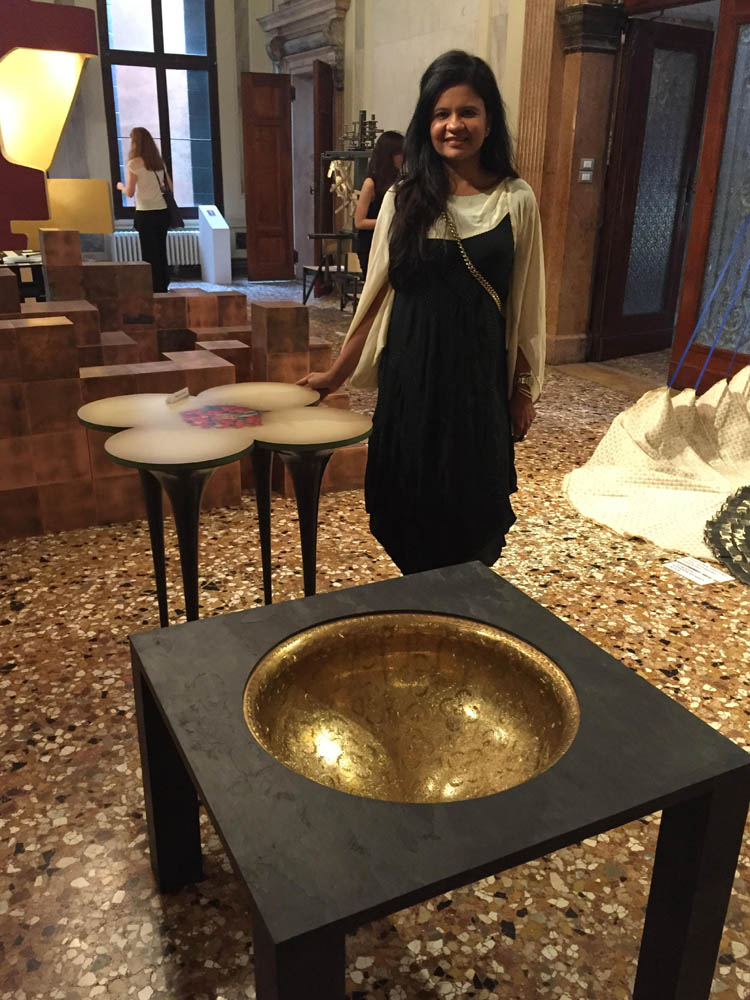New Delhi– Inspired by India and bearing an international vocabulary, designer Gunjan Gupta’s works will be exhibited at the prestigious Triennale Di Milano and Venice Architecture Biennale 2016.
“It is an amazing opportunity. I am very much looking forward to it. With India having taken (the) Make in India (initiative) seriously, I think my work has just begun,” Gupta told IANS.

“The making of the pieces is a case in point for the cause of Make in India and resonates with the theme of the exhibition.”
“The challenges related to Make In India are huge. It should not remain at a branding level but should become a ground reality. Quality is one of our big challenges, as are deliveries and production protocols,” said Gupta who is the first Indian product designer to exhibit her work at the European Cultural Centre exhibition.
“‘Anu’ (atom) and ‘Parmanu’ (split atom) are the names of a pair of sculptural tables that I am presenting at the exhibition, made in collaboration with the ‘thateran’ craftsmen of Rajasthan,” she said.
“The thaterans are an endangered Indian community of metal craftsmen that goes back to the Mughal courts of the 1800s. They are known for their hand-beaten brass vessels and religious finials and adornments on Unesco’s list for dying crafts,” she explained.
Her work borders between design and art with a unique philosophy that captures India’s cultural narrative and paradoxes.
“My creative process is inspired by India, Indian stories and craft processes, be it the market craft, the high luxury craft or the ‘jugaad’ technique that India is very well-known for. I combine all of these into my creative process to create designs that relate to the Indian vocabulary.”
Describing her works as “functional design art objects”, she said: “It’s a very common vocabulary in the West. In India, people are not so familiar with it but we are talking about very large motive where every piece of furniture is not about comfort.”
“People these days are looking to keep sculptural pieces in their living rooms as conversation artefacts. These artefacts are thought of as working (functional) artefacts,” she said.
The visual vocabulary of the designs to be exhibited has been borrowed from Mughal architecture where the dome and the arch create a symphonic communion – the distinct visual identity of Indian architecture that we are familiar with.
“Metaphorically for me, Venice represents a moment in time that is endangered much like the dying arts of India and along with it, will be gone a slice of history and beauty that is unparalleled in the world,” the designer said.
The Venic exhibition will take place from May 28 to November 27.

















The design lacks functionality and a modern aesthetic sense. It is best to follow the adage “lesser is better”